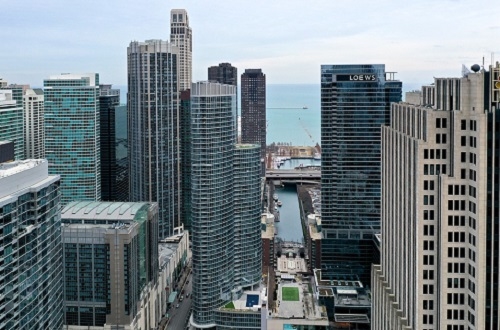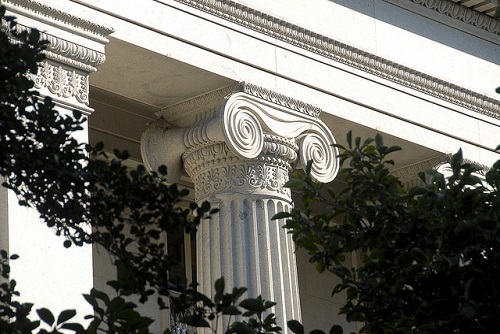Sukuk support

During recent years, Islamic banks have grown significantly faster than their conventional counterparts, sustained principally by the economies in the Gulf and South East Asia. The global sukuk market has flourished, with total outstanding assets exceeding $300bn at the end of 2015.
Despite a slowdown in issuance that started in 2015 – due to depressed oil and commodity prices combined with a drawnout global financial recovery – governments continue to seek funding through sukuk and new ones are poised to enter.
Despite its growth, liquidity is still widely recognised as being a significant problem. Islamic financial institutions tend to buyand- hold sukuk, which has led to a limited secondary market.
The intervention of a collateralised product akin to repo is an obvious method to energise the sukuk secondary market – as long as Islamic institutions permit collateralisation.
Islamic repos have been remarkably scarce until recently. A lack of agreement between the banks, regulators and sharia scholars as to permissible structures, as well as low volumes of listed sukuk, have hampered the formation of a viable market.
The essence of conventional repo is to allow institutions to lend assets on a short-term basis to generate liquidity and to repurchase the same or equivalent assets on maturity. Both of these concepts are problematic – the charging of interest and the purchase and repurchase of assets under the same contract (not to mention the rehypothecation) are not permissible.
There has been a great deal of pressure on regulators to adapt repo structures for the Islamic finance market. Combined with Basel III banking standards, the standard-setting International Islamic Financial Market (IIFM) finally released a template for collateralised murabaha transactions in late 2014, embedding the familiar cost-plus-profit structure.
Under the IIFM’s structure, controversy is avoided by permitting the financing institution to buy at market value and immediately sell the same asset to the borrower for a mark-up on a deferred payment basis.
The development of the IIFM standard has led to a widespread increase in the use of Islamic repos not only among Islamic institutions but also conventional banks.
There are still problems though and conventional banks often eschew the pledge structure contemplated by the IIFM template in preference for a modified GMRA, format which in itself gives rise to issues relating to the use of a traditional title transfer structure and rehypothecation rights.
These issues can be addressed by creative structural drafting and, provided that they are confirmed by the institution’s sharia board, will not prevent Islamic and conventional institutions from contributing to the sustained growth of the Islamic repo market.
lG Natalie Boyd is a finance partner of K&L Gates in Dubai
Found this useful?
Take a complimentary trial of the FOW Marketing Intelligence Platform – the comprehensive source of news and analysis across the buy- and sell- side.
Gain access to:
- A single source of in-depth news, insight and analysis across Asset Management, Securities Finance, Custody, Fund Services and Derivatives
- Our interactive database, optimized to enable you to summarise data and build graphs outlining market activity
- Exclusive whitepapers, supplements and industry analysis curated and published by Futures & Options World
- Breaking news, daily and weekly alerts on the markets most relevant to you




